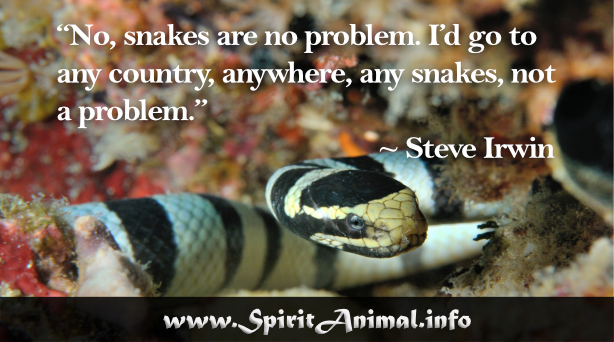
It is generally agreed that "Unlike the Vedas, which have to be preserved letter-perfect, the epic was a popular work whose reciters would inevitably conform to changes in language and style," so the earliest 'surviving' components of this dynamic text are believed to be no older than the earliest 'external' references we have to the epic, which include an reference in Panini's 4th century BCE grammar Aṣṭādhyāyī 4:2:56.

Mahābhārata started as an orally-transmitted tale of the charioteer bards.

The background to the Mahābhārata suggests the origin of the epic occurs "after the very early Vedic period" and before " the first Indian 'empire' was to rise in the third century B.C." That this is "a date not too far removed from the 8th or 9th century B.C." is likely. Some elements of the present Mahābhārata can be traced back to Vedic times. Research on the Mahābhārata has put an enormous effort into recognizing and dating layers within the text.
DEATH BATTLE SNAKE QUOTES PROFESSIONAL
The story is then recited again by a professional storyteller named Ugraśrava Sauti, many years later, to an assemblage of sages performing the 12-year sacrifice for the king Saunaka Kulapati in the Naimiśa Forest. It is first recited at Takshashila by the sage Vaiśampāyana, a disciple of Vyāsa, to the King Janamejaya who was the great-grandson of the Pāṇḍava prince Arjuna. The epic employs the story within a story structure, otherwise known as frametales, popular in many Indian religious and non-religious works. The first section of the Mahābhārata states that it was Ganesha who wrote down the text to Vyasa's dictation, but this is regarded by scholars as a later interpolation to the epic and the "Critical Edition" doesn't include Ganesha at all. He also describes the Guru–shishya tradition, which traces all great teachers and their students of the Vedic times. Vyāsa described it as being itihāsa ( transl. The epic is traditionally ascribed to the sage Vyāsa, who is also a major character in the epic. Modern depiction of Vyasa narrating the Mahābhārata to Ganesha at the Murudeshwara temple, Karnataka. Within the Indian tradition it is sometimes called the fifth Veda. Johnson has compared the importance of the Mahābhārata in the context of world civilization to that of the Bible, the Quran, the works of Homer, Greek drama, or the works of William Shakespeare. At about 1.8 million words in total, the Mahābhārata is roughly ten times the length of the Iliad and the Odyssey combined, or about four times the length of the Rāmāyaṇa.

Its longest version consists of over 100,000 śloka or over 200,000 individual verse lines (each shloka is a couplet), and long prose passages. The Mahābhārata is the longest epic poem known and has been described as "the longest poem ever written". The text probably reached its final form by the early Gupta period ( c. The bulk of the Mahābhārata was probably compiled between the 3rd century BCE and the 3rd century CE, with the oldest preserved parts not much older than around 400 BCE.

There have been many attempts to unravel its historical growth and compositional layers. Traditionally, the authorship of the Mahābhārata is attributed to Vyāsa. Krishna and Arjuna at Kurukshetra, 18th–19th-century painting.


 0 kommentar(er)
0 kommentar(er)
